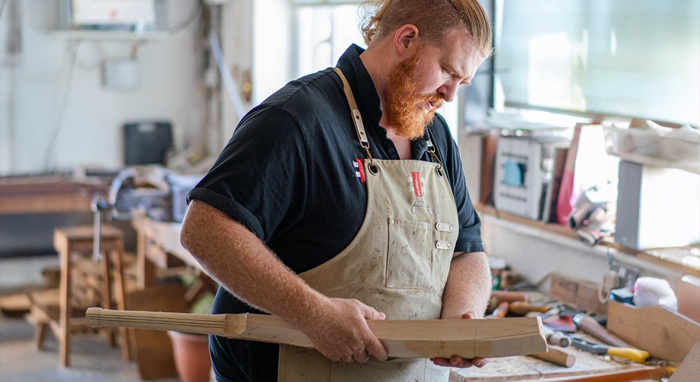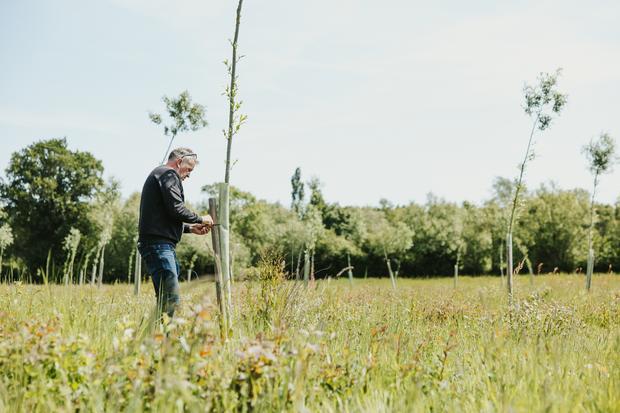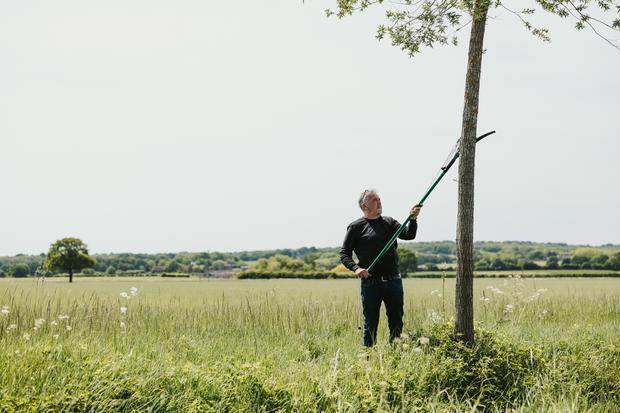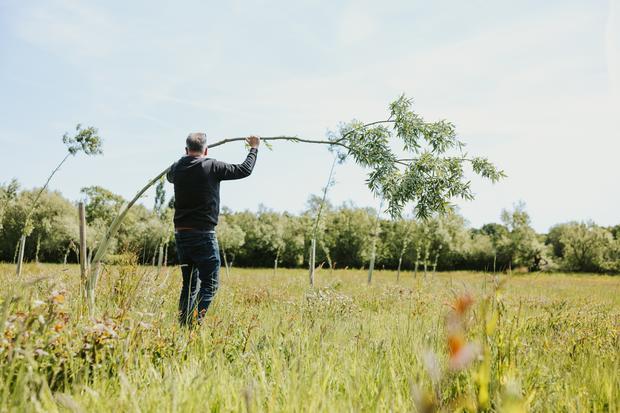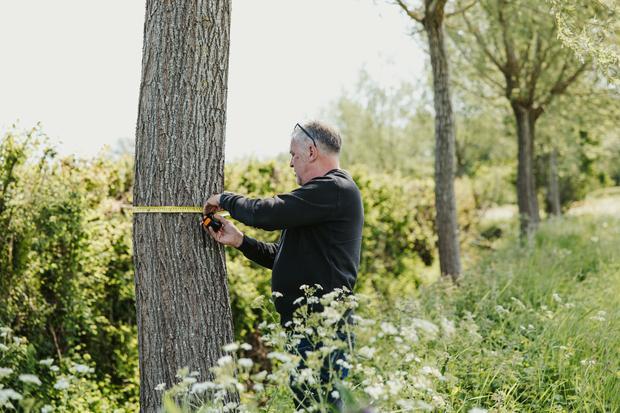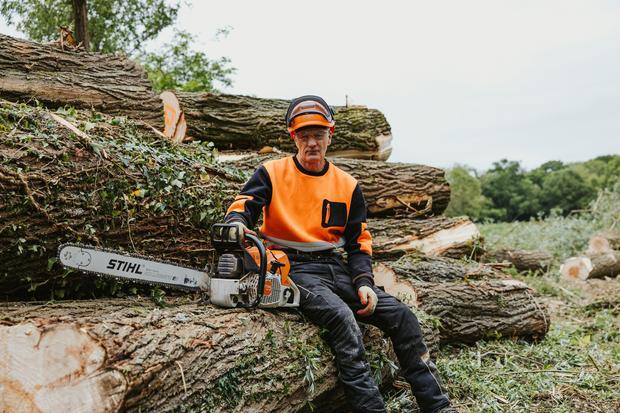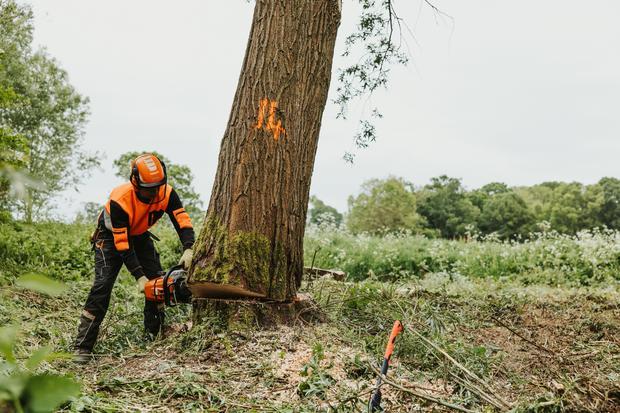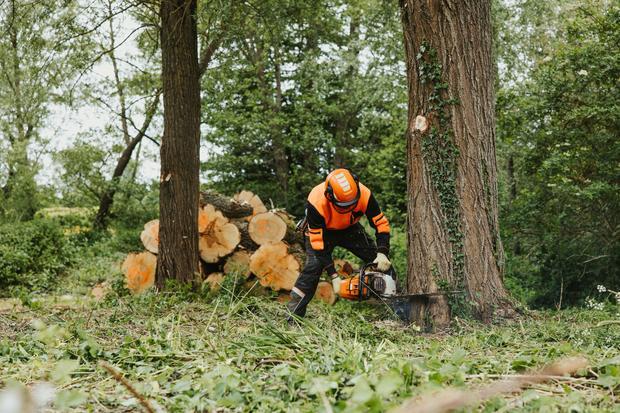Tree Lifecycle
Set Beds / Planting / Felling / Manufacturing
Environmental Conditions
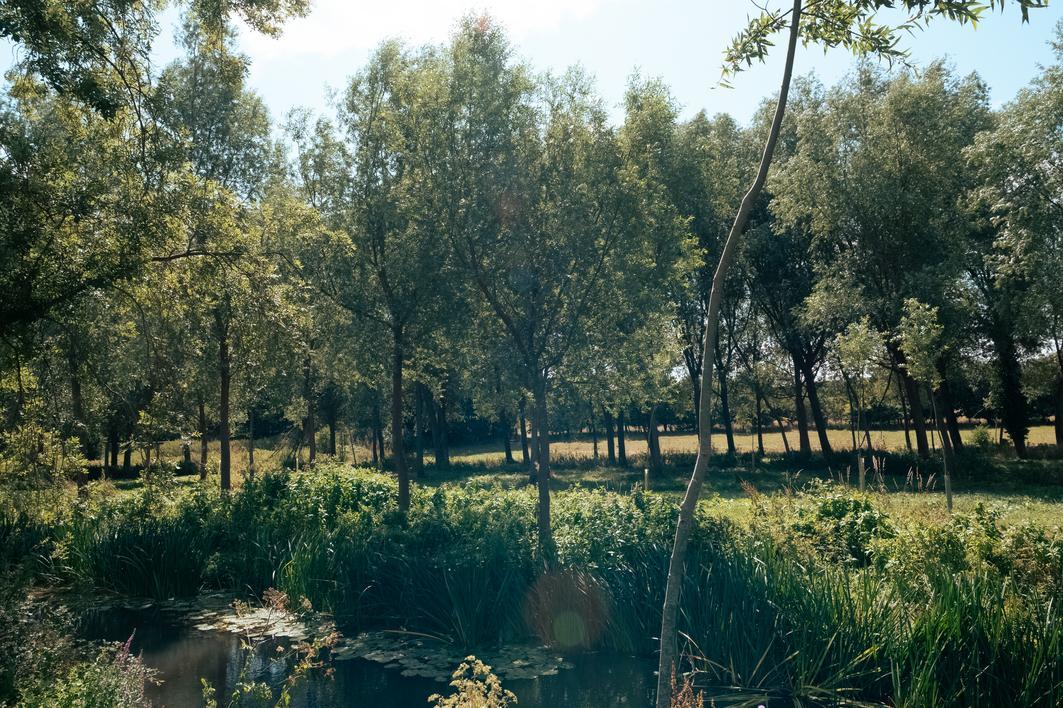
Cricket bat willow trees thrive in moist, fertile, and well-drained soils with a slightly acidic to neutral pH (5.5 to 7.0). While they can tolerate a range of soil types, including heavy clay, sandy, or even wet, poorly drained soils, they prefer a high water table and good drainage. Avoid planting in excessively dry or rocky areas or where waterlogging is persistent.
Set Beds
This is all down to the management of the bed by our in house forestry team who check for infestations of insects or bacteria and treat the trees accordingly...
Gray-Nicolls have invested in growing our own sets for planting all over the UK.
Another new cricket bat willow set bed planted to give us a few thousand new trees in three or four years time.
Planting/Maintenance:
To successfully plant cricket bat willow trees, choose a location with good sunlight, soil suitable for willows, and consider potential for water access...
How long does cricket bat willow take to grow?
15 to 20 years
This relatively fast-growing species reaches maturity in 12 to 20 years...
Gray-Nicolls offers a planting and maintenance package on new willow plantations.
Felling
Felling a cricket bat willow tree requires a skilled approach, prioritizing safety and maximizing timber utilization...
Tree Assessment
Willow trees are typically harvested when they reach maturity or when their stem has reached the optimal diameter for bat production.
Waste Disposal
Remaining branches and other waste materials are often chipped and used for landscaping.
Timber Management
The felled tree is then processed into appropriate lengths for bat production.
Manufacturing
We begin by harvesting the willow and segmenting it into shorter sections. Each piece is then split — rather like dividing a fruit into equal portions — to extract the greatest number of usable bat billets.
These billets are then roughly carved into the basic profile of a bat and sealed at both ends with wax to guard against early splitting. They are left to season naturally in the open air for a period, before being transferred to specialist drying chambers for careful kiln-drying.
Our dedication to craftsmanship and consistency means we produce some of the finest-quality, expertly seasoned blades in the industry.
